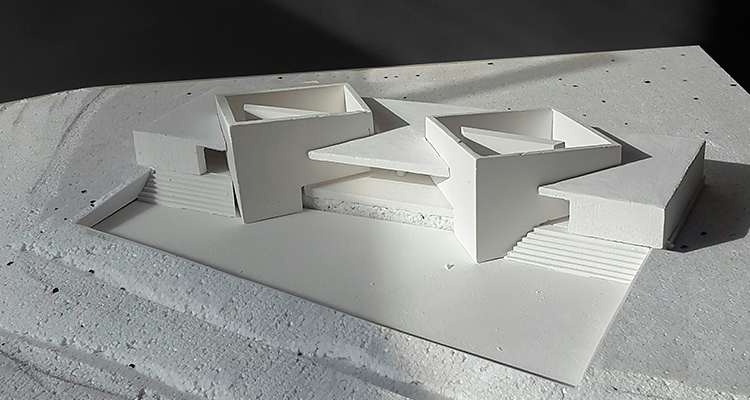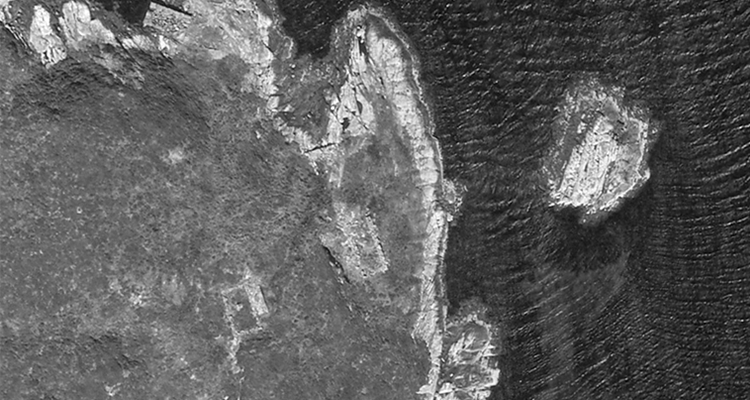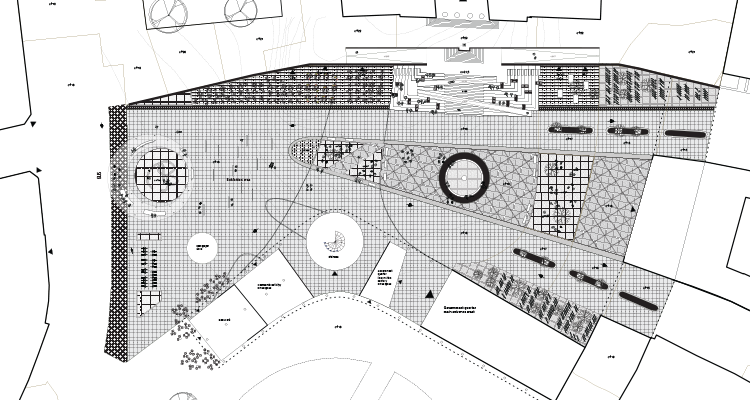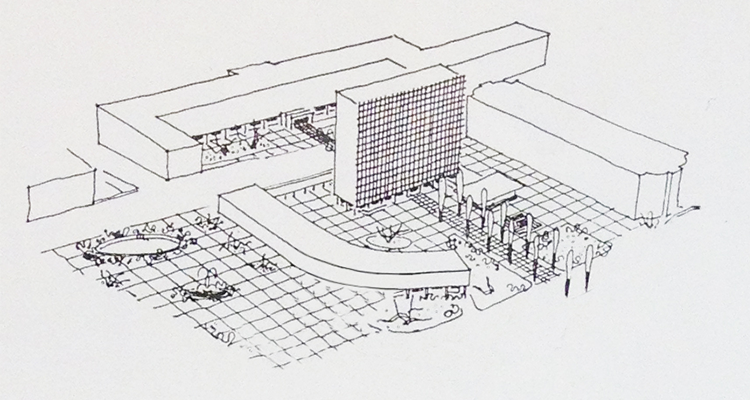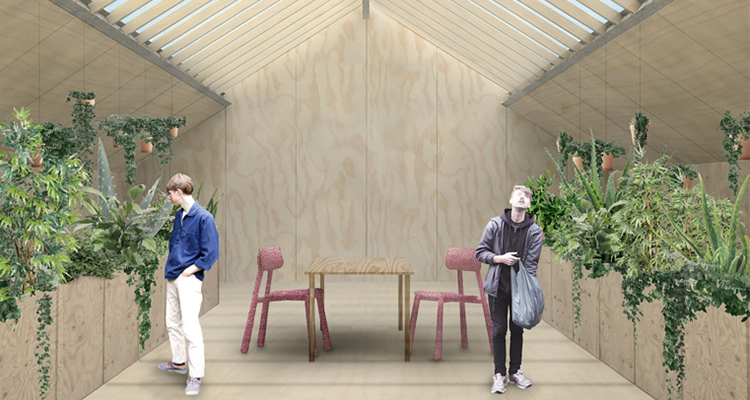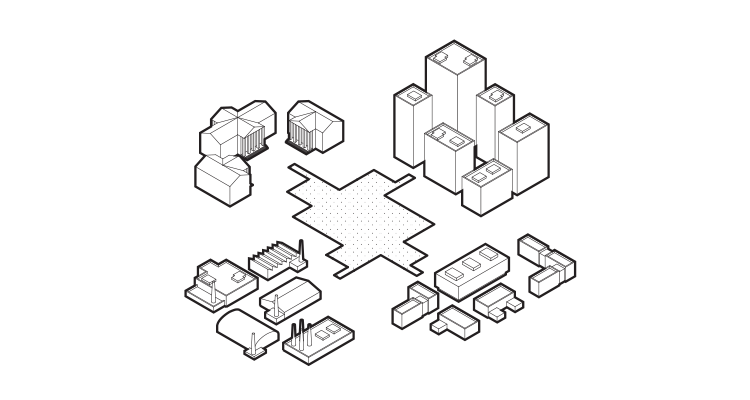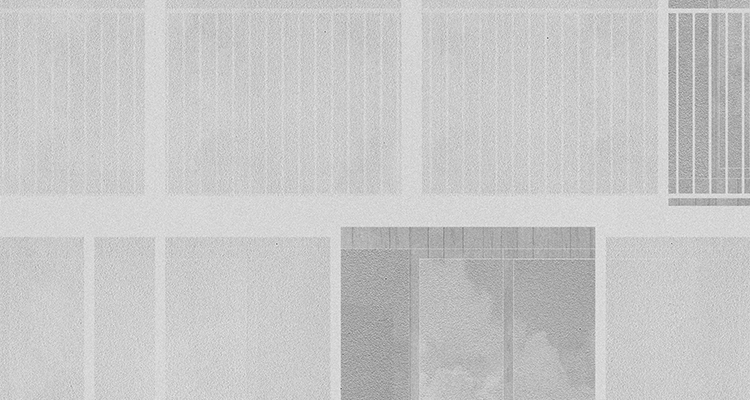The project is a bath and service center on the shore of a glacier lagoon in South-East Iceland.
The aim of the project is to explore how a new program on the site can offer new experiences by, on and in the water.
A path in the black sand, guides visitors from a service center in an old riverbed, down to the lagoon. On one hand lies the dock, with access to boat tours – experiencing sailing between the huge icebergs. On the other hand the bath – inviting to a more intimate meeting with the elements.
The aim of the project is to explore how a new program on the site can offer new experiences by, on and in the water.
A path in the black sand, guides visitors from a service center in an old riverbed, down to the lagoon. On one hand lies the dock, with access to boat tours – experiencing sailing between the huge icebergs. On the other hand the bath – inviting to a more intimate meeting with the elements.
